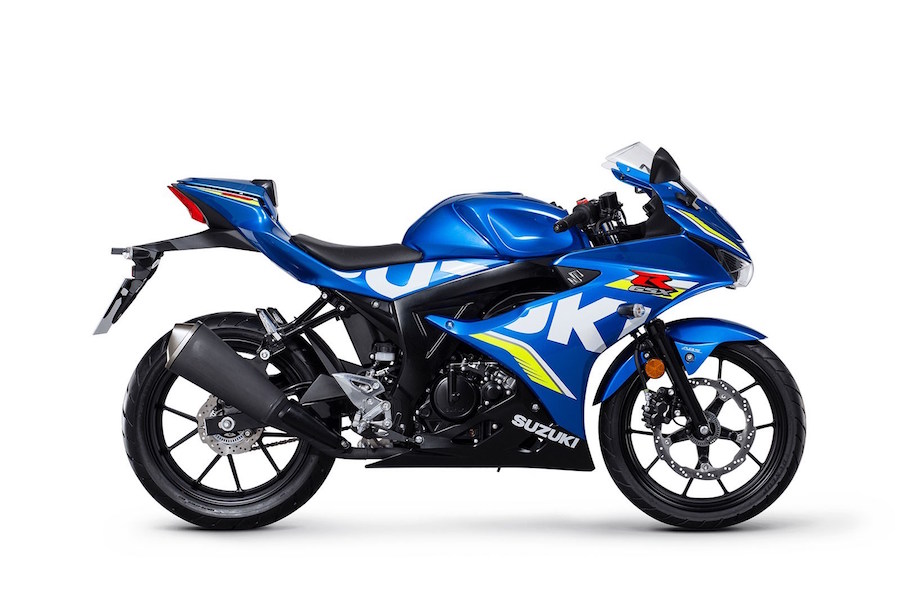Last November Kawasaki revealed it will be offering a 125cc sportsbike for the first time in years, announcing plans to build Ninja 125 and naked Z125 models in 2019.
No official details were released, and the announcement was accompanied by a darkened teaser picture appearing to show the existing Ninja 250 and Z250 singles, but now we’ve finally got some definite information.
European type-approval documentation reveals its 125cc single-cylinder engine will make 11kW at 10,000rpm. That is precisely on the maximum limit allowed for learner riders in Europe, and will push the bike to a quoted top speed of 113km/h.
Explaining why Kawasaki used images of its 250cc counterpart, the production Ninja 125 will be based heavily on the existing Ninja 250. The dimensions of 1935mm length, 685mm width and 1075mm height are identical to the Ninja 250’s, and the 125cc bike’s listed kerb weight of 148kg is just 4kg less than the 250cc single.
Although detailed figures for the Z125 have yet to emerge, they’re likely to be near-identical to those for the Ninja 125, but it should weigh 2kg less due to skimpier bodywork.
These numbers don’t suggest Kawasaki’s new 125cc machines will dominate in terms of performance, but they could have a big price advantage by sharing components from existing 250cc models.
How does it stack up?
With this info, we can compare the Ninja 125 with its main rivals, Suzuki’s GSX-R125 and Yamaha’a YZF-R125. All three make identical peak power, with the Yamaha hitting its maximum at 9000rpm while the other two need 10,000rpm. All are within a few millimetres in all their dimensions, although the Suzuki is both the lightest at 134kg and has the shortest wheelbase at 1300mm. The Yamaha, at 142kg, is also lighter than the new Kawasaki, which is no surprise if it’s being based on a larger 250cc machine.
You’ll notice we haven’t mentioned the Honda CBR125R as a rival to the Ninja 125. That’s because we’re expecting a heavily updated version in 2019, so current comparisons won’t be relevant.

By Ben Purvis